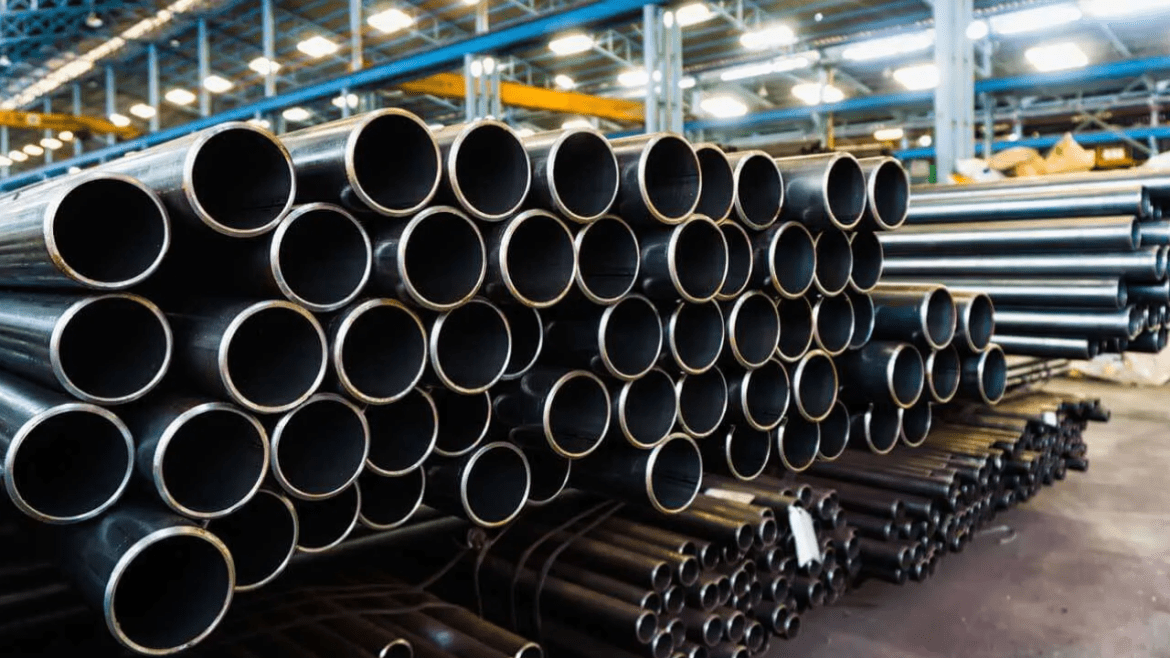The American Culture for Testing and Materials (ASTM) A53 standard wraps an extent of predictable and welded carbon steel pipes planned for various current applications. Understanding the qualifications between the various grades of ASTM A53 pipe is essential for draftsmen, producers, and accomplices drawn in with system projects.
Partners can come to informed conclusions about material choice, manufacturing strategies, and application reasonableness by perceiving the particular attributes and capacities of each grade. This thorough comprehension engages them to pick the most appropriate astm a53 pipe grade for their particular task needs, guaranteeing ideal execution, unwavering quality, and well-being.
Different Grades of ASTM A53 Pipe
Each grade displays fascinating properties and characteristics, adding to its sensibility for expressing applications inside grouped endeavours.
ASTM A53 Pipe Grade A
Grade A of ASTM A53 pipe is depicted by its for the most part low inflexibility and least yield strength, making it sensible for applications where moderate strength is sufficient. Perceived for its dependability and cost-viability, the ASTM A53 Grade A pipe stays a favored decision for different framework projects, offering trustworthy execution and solidness in different functional conditions.
Mechanical Properties and Chemical Composition
The synthetic creation of the Grade A pipe commonly incorporates the greatest carbon content of 0.25%, manganese content going from 0.95% to 1.25%, and phosphorus and sulfur contents not surpassing 0.05% each. Moreover, the Grade A pipe might contain follow measures of silicon and copper.
To the extent that mechanical properties, the Grade A pipe regularly shows a base unbending nature of 330 MPa (48 ksi) and a base yield strength of 205 MPa (30 ksi), with protracting properties that vacillate dependent upon the collecting framework and force treatment.
ASTM A53 Pipe Grade B
Grade B of ASTM A53 pipe is liked for applications requiring more prominent underlying honesty and burden-bearing limit because of its higher malleable and yield qualities than Grade A.
Chemical Composition and Mechanical Properties
Compound Piece and Mechanical Properties The synthetic structure of Grade B pipe is tantamount to that of Grade A, with a limit of 0.30% carbon content, a scope of 0.95% to 1.20% manganese content, and a limit of 0.05% phosphorus and sulfur content. Also, the Grade B pipe could contain follow proportions of silicon and copper.
As far as mechanical properties, Grade B pipe normally displays a base elasticity of 415 MPa (60 ksi) and a base yield strength of 240 MPa (35 ksi), with lengthening properties that change contingent upon the assembling system and intensity therapy.
Applications of Grades of ASTM A53 Pipe
The different grades of ASTM A53 pipe take care of a large number of modern applications, each offering explicit qualities that fit various prerequisites.
ASTM A53 Pipe Grade A
Grade A of ASTM A53 pipe, portrayed by its moderate strength and durability, tracks down applications in low-pressure plumbing frameworks, horticultural water frameworks, and universally useful funnelling where the interest for underlying trustworthiness is less basic. With its solid presentation and flexibility, the Grade a ASTM A53 pipe is appropriate for projects where lower pressure necessities consider practical arrangements.
ASTM A53 Pipe Grade B
Grade B, known for its higher unbending nature and yield strength, is routinely used in high-pressure applications like water and gas transmission pipelines, underlying frameworks in development, and mechanical applications requiring a superior burden-bearing limit. Grade B ASTM A53 pipe is durable and reliable because of its sturdy construction and superior mechanical properties.
Bottom Wording
Engineers, contractors, and other stakeholders involved in a variety of industrial projects must have a thorough understanding of the various grades of ASTM A53 pipe and the applications for which they are used. Grade a contribution of moderate strength is reasonable for low-pressure plumbing frameworks and universally useful channeling, while Grade B gives higher elastic and yield qualities.
